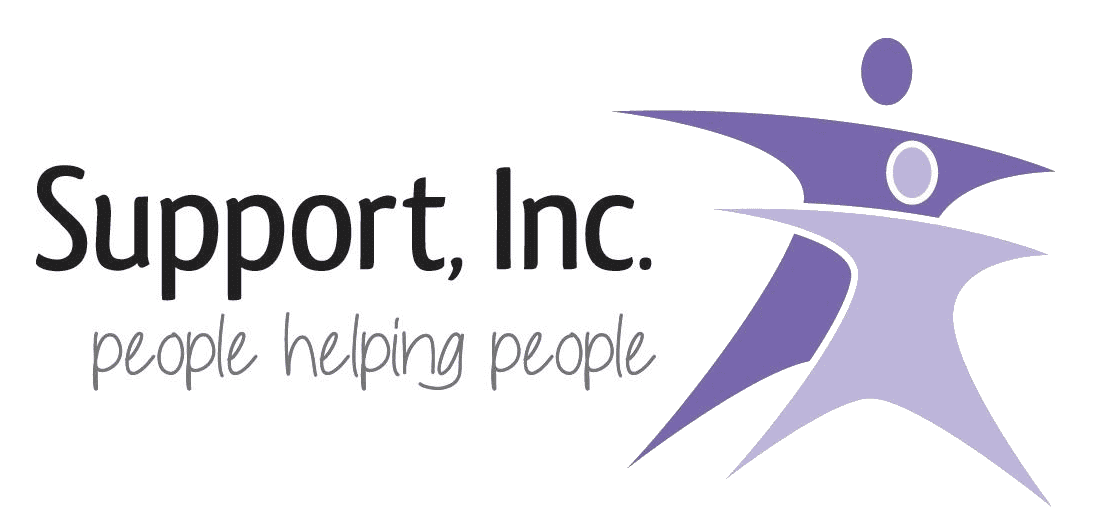Disability pride month occurs every July in the United States to commemorate the passing of the Americans with Disabilities Act (ADA) in July 1990. The ADA is a civil rights law that prohibits discrimination against individuals with disabilities in all areas of public life including jobs, schools, transportation and all public and private places that are open to the general public. This law makes sure that people with disabilities have the same rights and opportunities as everyone else.
The ADA gives civil rights protections to individuals with disabilities like those provided to individuals on the basis of race, color, sex, national origin, age, and religion. It guarantees equal opportunity for individuals with disabilities in public accommodations, employment, transportation, state and local government services, and telecommunications. The ADA is divided into five titles (or sections) that relate to different areas of public life.
Did you know Disability pride month even has it’s own flag? The flag has a black background and diagonally across the flag are five lines colored blue, yellow, white, red, and green. Each color represents something unique about the disability community. The flag was created to encompass all disabilities and was designed by Ann Magill member of the disability community. The black background represents the suffering of the disability community from violence and serves as a color of rebellion and protest. The lightning bolt represents how individuals with disabilities must navigate barriers and demonstrates their creativity in doing so. The five colors represent the variety of needs and experiences: Mental Illness, Intellectual and Developmental Disabilities, Invisible and Undiagnosed Disabilities, Physical Disabilities, and Sensory Disabilities.

July is an occasion to celebrate people with disabilities, honor their inherent dignity and inalienable rights, promote their visibility, and applaud their achievements. July is also a powerful reminder about the importance of disability rights and why we fight for them.

